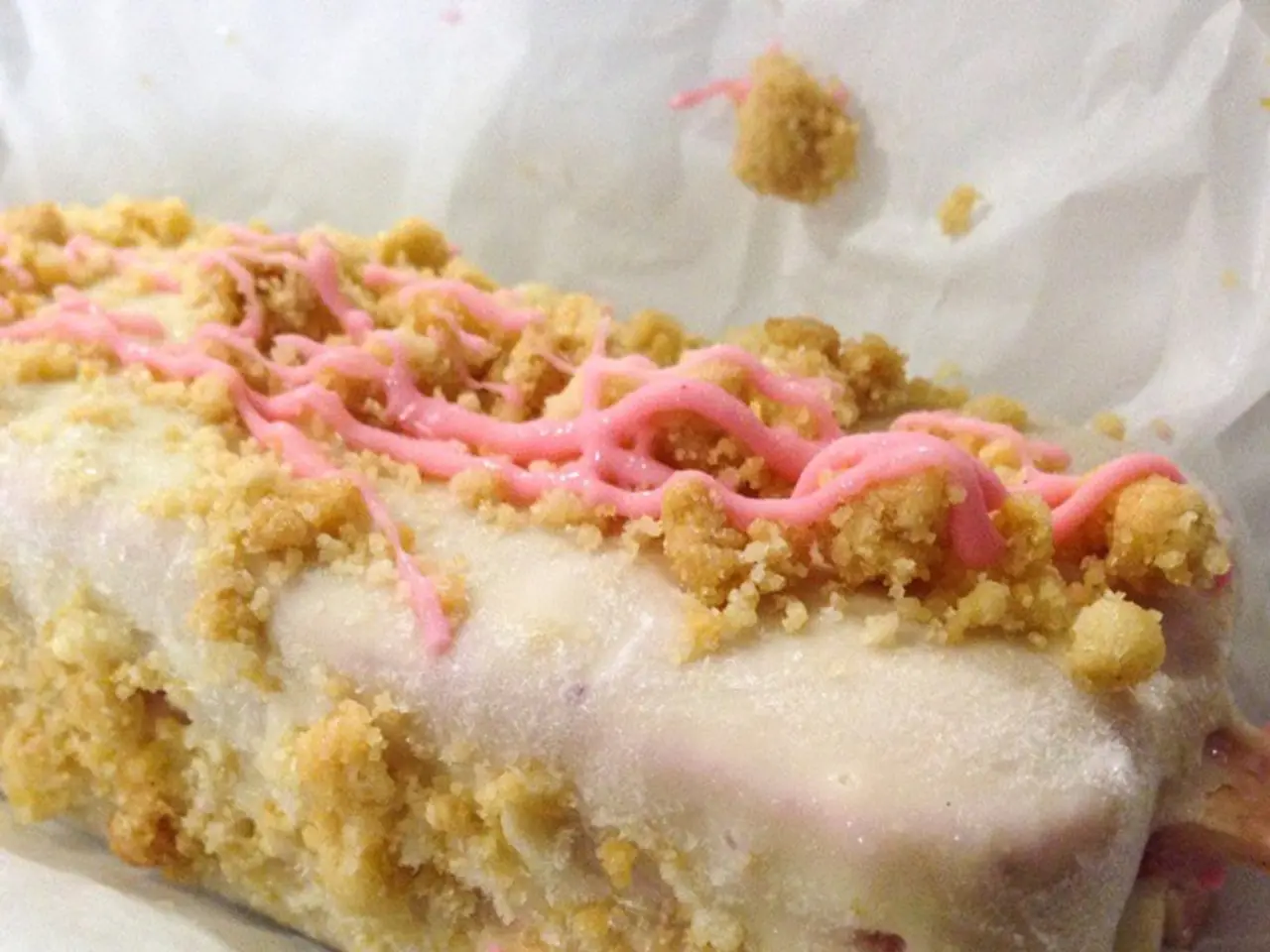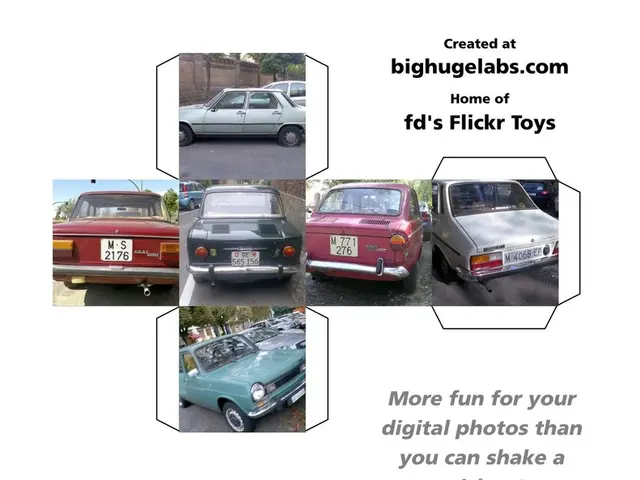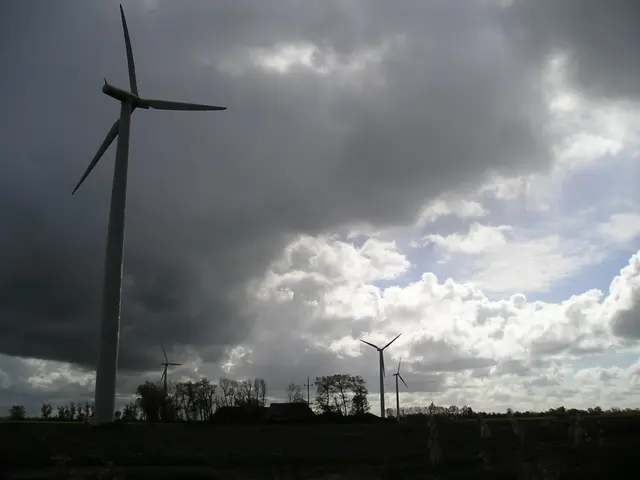Premium Pet Food Packaging: Eco-Friendly vs. Functional
Pet owners seeking premium food for their pets are increasingly concerned about the environmental impact of packaging. While biodegradable options exist, they may not be suitable for all landfills. Meanwhile, recyclable alternatives like multi-layer materials pose their own challenges.
Consumers of premium pet food are eager for packaging with minimal environmental impact. However, biodegradable materials may leach compounds into groundwater in certain landfills. On the other hand, multi-layer packaging, though difficult and costly to recycle, is favoured for its high barrier properties.
Some eco-friendly materials for premium pet food pouches and containers include monomaterials like PP or PE, which offer excellent oxygen and moisture barriers and are recyclable. Yet, insufficient recycling infrastructure or contamination with other materials can hinder their recycling. Plant-based and animal-based materials, while having good oxygen transmission rates, absorb moisture quickly. Creating high-barrier, graphic pet food packaging from renewable resources can be challenging.
Pet owners also appreciate artful, resealable, or single-serve packaging. Milk jugs, made from a single material, are easily recyclable, unlike retort pouches used for tuna packets, which contain multiple layers and are not easily recycled.
Premium pet food consumers desire packaging that is both eco-friendly and functional. While biodegradable and recyclable options exist, each has its own limitations. Further advancements in packaging technology and recycling infrastructure are needed to meet these demands.
Read also:
- Hydrogen set to revolutionize India's space expeditions, transportation sector, and clean energy ambitions, according to ISRO Chairman's claims
- Strategic approach to eco-friendly nickel production for electric vehicles in Europe
- Solar energy company, Imperium, alongside QORAY Mobility & Energies Solar Business, bolsters Nigeria's environmental future by producing superior solar panels domestically and offering flexible payment options.
- AI Inspection Company, Zeitview, Secures $60 Million Funding for Expansion







